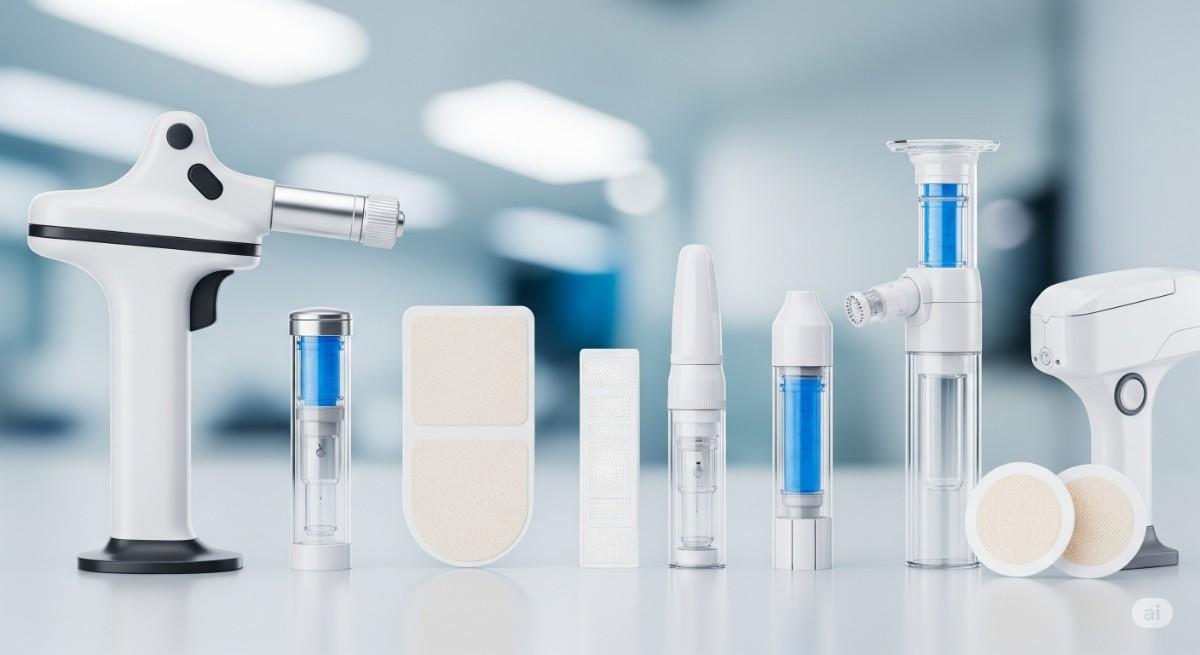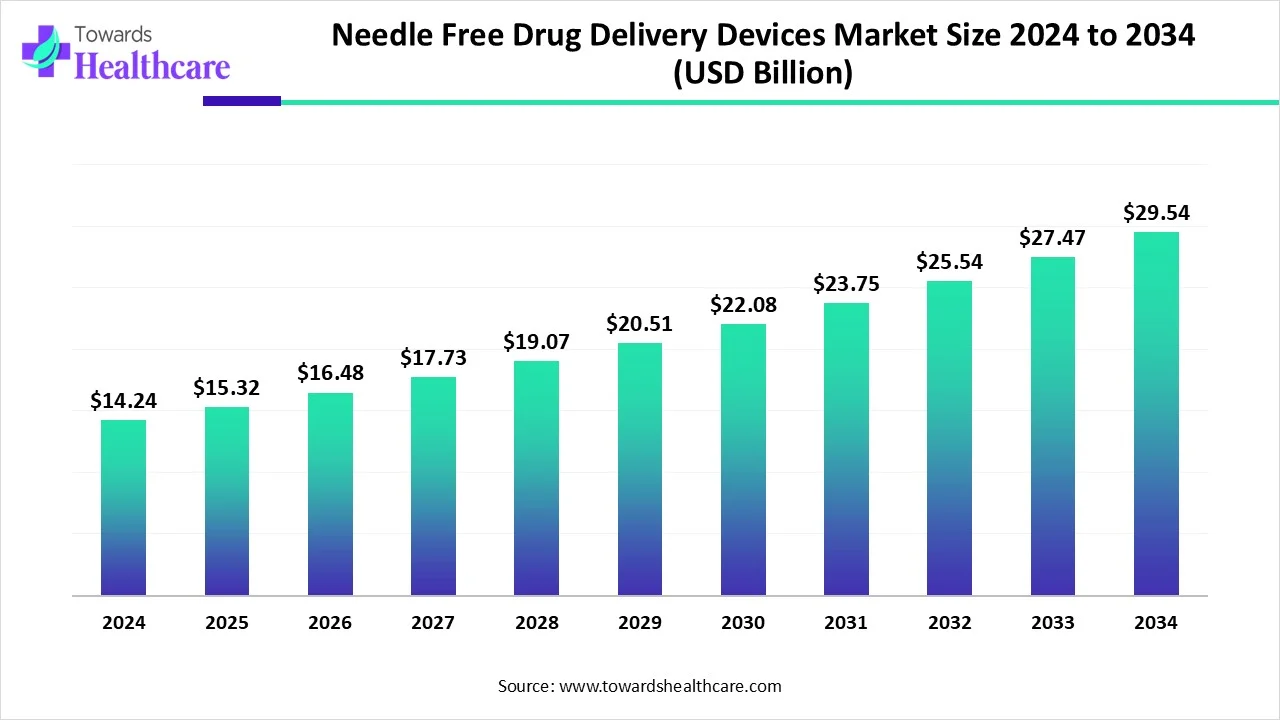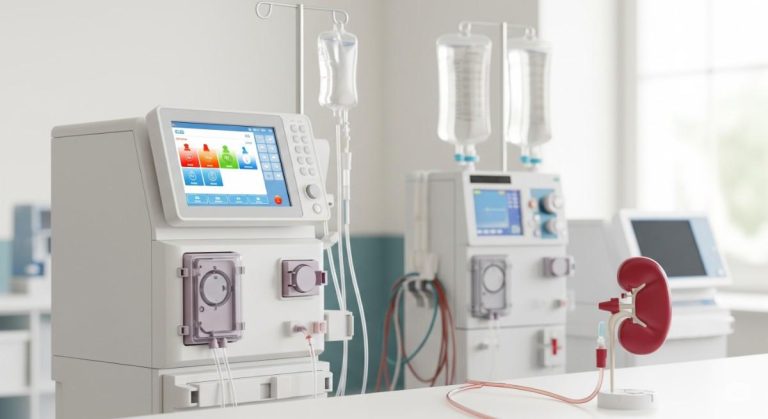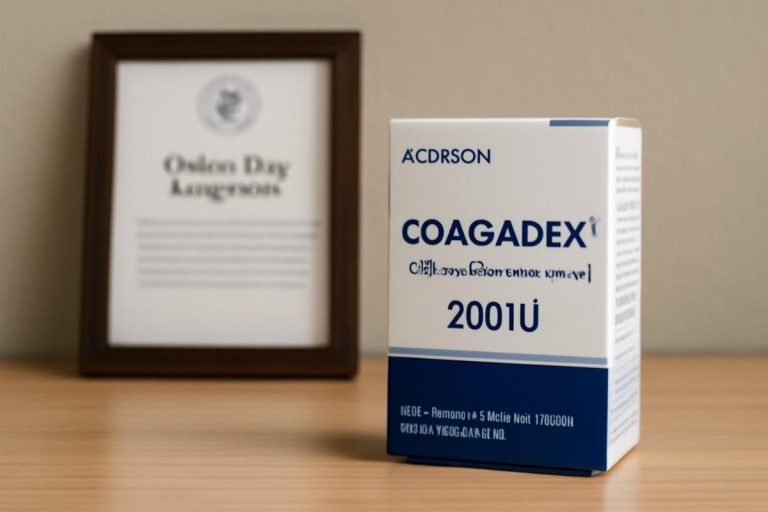
Market Overview
The global needle-free drug delivery devices market is on an impressive growth trajectory. Valued at USD 14.24 billion in 2024, it is projected to nearly double, reaching USD 29.54 billion by 2034, at a compound annual growth rate (CAGR) of 7.54% between 2025 and 2034. This surge is primarily driven by the rising prevalence of chronic diseases like diabetes and the increased demand for pain-free drug administration—particularly among pediatric and needle-phobic populations.

What Are Needle-Free Drug Delivery Devices?
Needle-free drug delivery systems (NFIT) eliminate the need for conventional hypodermic needles by using alternate mechanisms such as Lorentz forces, shock waves, gas pressure, or electrophoresis to deliver medication transdermally. These technologies enhance safety by minimizing the risk of needle-stick injuries and preventing cross-contamination. They are particularly useful in mass vaccination programs and home-care settings where user-friendly and safe devices are paramount.
Invest in Our Premium Strategic Solution:https://www.towardshealthcare.com/download-databook/5728
Key Market Highlights
-
2024 Market Value: USD 14.24 Billion
-
2034 Market Projection: USD 29.54 Billion
-
CAGR (2025–2034): 7.54%
-
North America Market Share (2024): 43%
-
Fastest Growing Region: Asia Pacific
-
Leading Technology Segment: Jet Injectors
-
Leading Application Segment: Insulin Delivery
Market Drivers
1. Rising Diabetes Incidence
The increasing global diabetes burden is a major growth catalyst. For instance, the U.S. anticipates a 54% increase in diabetes cases by 2030, resulting in rising demand for safe and convenient insulin delivery mechanisms.
2. Smart Devices Integration
Technological advancements are transforming drug delivery. Needle-free systems are being integrated with smart features, including dose tracking, adherence monitoring, and real-time data sharing with healthcare providers, which enhances patient outcomes and engagement.
Get All the Details in Our Solutions – Access Report Preview: https://www.towardshealthcare.com/download-sample/5728
Market Restraint
Limited Awareness in Developing Countries
Despite the benefits, awareness of needle-free systems in low- and middle-income countries remains limited. Insufficient regulatory guidelines and lack of medical waste management infrastructure continue to pose challenges to widespread adoption.
Market Opportunities
Expanding Home Healthcare Segment
The rise of home healthcare and remote monitoring, facilitated by cloud-connected smart patches and jet injectors, opens significant opportunities. These devices enable self-administration of drugs, reduce hospital visits, and offer real-time feedback to healthcare professionals.
Segmental Insights
By Technology
-
Jet Injectors dominated the market in 2024 due to their non-invasive, high-speed drug administration capabilities.
-
Transdermal Patches are projected to grow fastest, supported by their painless application and suitability for delivering various drugs like nicotine, clonidine, and more.
By Application
-
Insulin Delivery led the market in 2024. Pharma companies are actively exploring alternatives to traditional insulin injections to enhance comfort and safety.
-
Pediatric Injections are expected to witness the fastest growth due to widespread needle anxiety in children and increasing preference for non-invasive solutions.
If you have any questions, please feel free to contact us at sales@towardshealthcare.com
Regional Outlook
North America
With 43% market share, North America led the global landscape in 2024. The region benefits from strong healthcare infrastructure, early adoption of innovative technologies, and robust diabetes management programs. Key players like PharmaJet and Injex Pharma are actively expanding their product portfolios to meet growing demand.
Asia Pacific
Asia Pacific is projected to experience the fastest CAGR during the forecast period. This is driven by the region’s burgeoning urban population, increasing healthcare spending, and the development of cost-effective drug delivery solutions in countries like India, China, and Japan.
Europe
Europe’s growth is driven by a value-based reimbursement system and support for sustainable, patient-centric innovation. Countries like Germany are seeing rising diabetes rates and shifting to advanced drug delivery systems to mitigate long-term healthcare burdens.
National Trends
United States
Rising healthcare costs due to diabetes, estimated to exceed $622 billion by 2030, make needle-free systems a timely and cost-effective solution for chronic disease management and preventive care.
Canada
Organizations like Diabetes Canada are investing heavily in research, committing $6 million through the 2025 End Diabetes Awards to promote innovation in diabetes care and needle-free technologies.
Germany
Germany faces a growing diabetes crisis with projected prevalence reaching up to 20.1% by 2040. This demographic shift necessitates widespread adoption of convenient and safe drug delivery systems.
Industry Developments
-
Jan 2025: Micron Biomedical raised $16 million to scale its needle-free drug delivery technologies.
-
May 2024: Serum Institute of India acquired a 20% stake in IntegriMedical to co-develop needle-free injection solutions.
-
Dec 2024: IIT Bombay developed a shockwave-based needle-free syringe, enhancing pain-free medication delivery.
-
Nov 2024: Sol-Millennium® Medical Group launched InsuJetTM, a needle-free insulin administration device.
-
Dec 2024: NuGen expanded the global reach of its InsuJet device to Canada, reinforcing its commitment to diabetes care.
Final Thoughts
The needle-free drug delivery devices market is transforming how medications are administered—offering a safer, less invasive, and more patient-friendly alternative to traditional needles. As technology continues to evolve, and healthcare systems pivot towards home-based, personalized care, this market is poised for substantial growth globally. Stakeholders investing in smart, user-centric, and cost-effective innovations are set to lead the next generation of drug delivery.
Source : https://www.towardshealthcare.com/insights/needle-free-drug-delivery-devices-market-sizing






